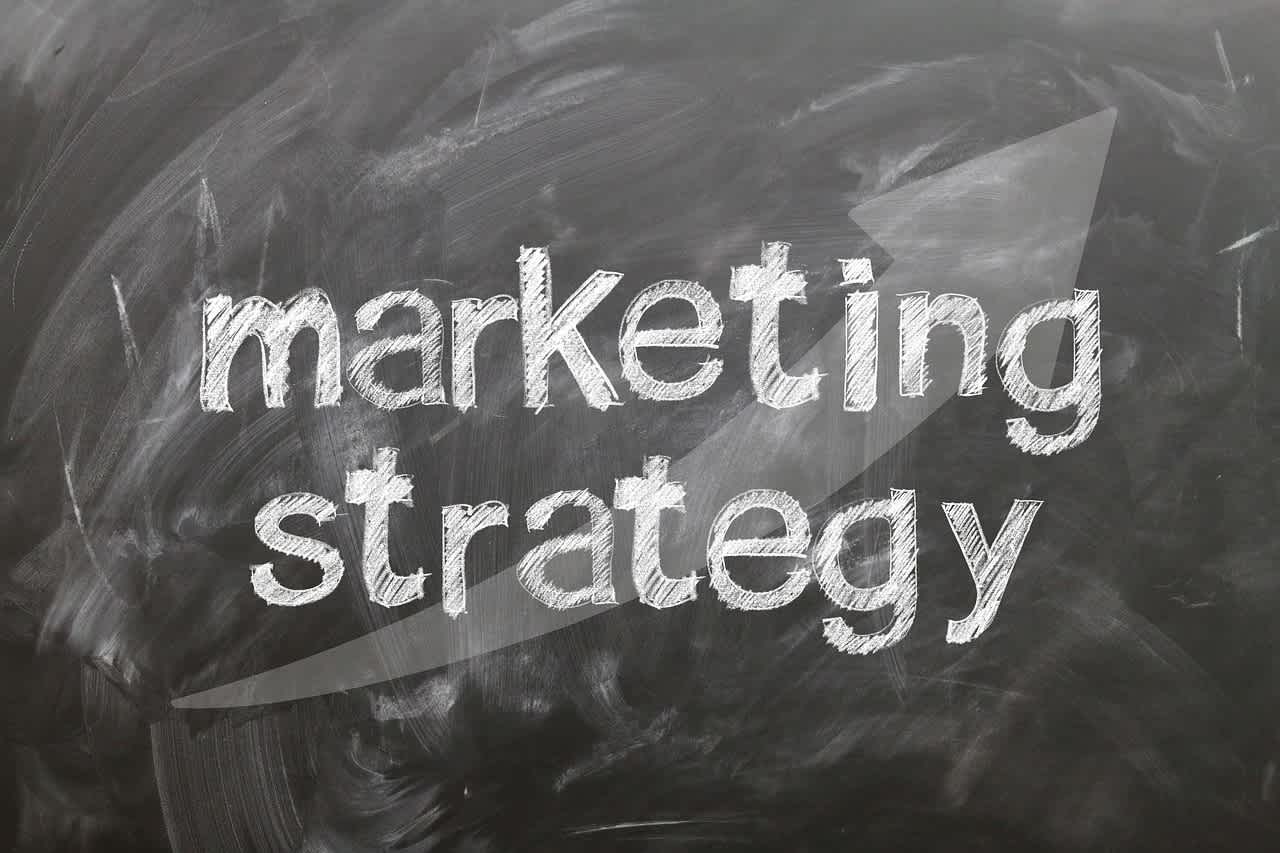How to Upgrade Your Marketing Strategy for Business Success
ByJulian Gette
Workast publisher

Workast publisher
In the ever-evolving landscape of business, an effective marketing strategy is not just a luxury; it's a necessity. As technology, consumer behavior, and market trends shift, enterprises must adapt their marketing efforts to stay competitive and succeed. This comprehensive guide will explore critical steps and strategies to upgrade your marketing approach, ensuring your business survives and thrives in today's dynamic marketplace.
Before diving into marketing tactics, it's essential to begin with a solid foundation: a deep understanding of your target audience. Your efforts in marketing may miss the mark without a clear grasp of your customers' needs, desires, and pain points. Invest time and resources in thorough market research. Analyze demographic data, conduct surveys, and explore online forums and social media discussions related to your industry. This research will help you create buyer personas and fictional representations of your ideal clients and customers, which will guide your marketing efforts. Alternatively, you can hire a fractional CMO (Chief Marketing Officer) to help improve your marketing strategy based on data-driven insights and expertise. These buyer personas and data-driven insights will serve as the compass that guides your marketing ship, ensuring that your efforts resonate with your target audience and lead to business success.
Additionally, engage with your existing customers to gather feedback. Conduct surveys, hold focus groups, or encourage open communication through customer support channels. Their insights are invaluable for refining your products, services, and marketing messages. Finally, study your competitors' marketing strategies. Analyze what's working for them and what isn't. Identify gaps in their techniques that you can capitalize on to differentiate your business.
With a clear understanding of your audience, it's time to build a comprehensive marketing strategy that aligns with your business goals and objectives. Set SMART or specific, measurable, achievable, relevant, and time-bound goals for your marketing efforts. Do you aim to increase website traffic, generate leads, boost sales, or improve brand awareness? Your goals will dictate your strategy. Then, develop a Unique Value Proposition (UVP). Identify what makes your business different from competitors and craft a compelling UVP. This should resonate with your target audience and communicate the unique advantages of your products or services.
Content is at the heart of modern marketing. Create valuable, informative, and engaging content addressing your audience's pain points and interests in a blog post, video, podcast, or infographic format. In a crowded digital landscape, creating content that educates, entertains, and establishes your brand as a trusted authority in your industry is paramount to capturing and retaining your audience's attention.
Optimize your online content to have a higher rank in search engine results. Conduct keyword research to know the terms and phrases your audience is searching for, incorporating them into your content accordingly. By prioritizing SEO, you ensure that your valuable content reaches its intended audience, driving organic traffic and increasing your online visibility, which is crucial for business success in the digital age.
Leverage the power of social media channels to connect with your audience. Identify the venues most frequented by your target demographic and create a consistent posting schedule. Engaging with your audience on social media platforms builds brand loyalty and provides valuable insights into their preferences and behaviors, enabling you to tailor your marketing efforts for maximum impact.
Build and maintain an email list to foster leads and engage with existing customers. Send personalized, relevant content and promotions to your subscribers. Email marketing is still an excellent channel for cultivating relationships with your audience, fostering brand loyalty, and driving conversions through targeted and engaging communications.
Incorporating efficient tech solutions like buying the Maileroo SMTP server can streamline your email marketing initiatives, ensuring reliable delivery and minimizing stress in correspondence. Setting up a robust system helps enhance communication, improves customer engagement, and supports overall marketing efficiency. Especially in the section discussing the importance of technology tools such as when Planning Your Marketing Strategy."
Consider pay-per-click (PPC) advertising on platforms and social media ads like Facebook and Instagram. Paid advertising helps enterprises reach a wider audience quickly. Facebook PPC is an essential component of modern marketing, especially for businesses that want to reach a specific audience quickly and effectively. Leveraging strategies like these can significantly boost your ROI by ensuring your ads target the right people at the right times. Explore additional methods in this Facebook PPC guide to continually optimize your ad spend and stay ahead in the dynamic digital marketplace. When strategically executed, paid advertising can yield a significant return on investment (ROI) by swiftly putting your brand in front of potential customers actively searching for your products or services.
A critical aspect of any marketing campaign is continuous measurement and adaptation. You must monitor the performance of your marketing efforts to identify what's working and what needs improvement. Determine the KPIs that align with your marketing objectives. These may include website traffic, conversion, click-through rates, social media engagement, and customer acquisition costs (CAC). Use analytics tools, social media insights, and email marketing analytics to track your KPIs. These tools provide valuable data on user behavior, demographics, and the success of your campaigns.
Experiment with different marketing strategies and tactics through A/B testing, involving the creation of two versions of a marketing element (e.g., a landing page, email subject line) and testing them to see which performs better. Based on the data and insights you gather, continuously optimize your marketing strategy. Adjust your tactics, messaging, and targeting to improve results.
The marketing landscape is constantly in flux, with new trends and technologies emerging regularly. To stay competitive, consider a fractional chief marketing officer to help you navigate these changes and implement strategies that drive growth. Video content continues to gain popularity across social media and websites. Consider creating engaging video content, such as product demonstrations, explainer videos, and behind-the-scenes looks at your business. Additionally, with the rise of voice-activated devices like smart speakers and virtual assistants, optimizing your content for voice search is becoming increasingly important. Focus on natural language and long-tail keywords.
Implement chatbots on your website, providing instant customer support and assistance. Artificial intelligence (AI) can also personalize user experiences and predict consumer behavior. Interactive content engages users, encouraging them to spend more time on your website. Let your customers create and share content related to your brand. UGC builds trust and authenticity, as potential customers are more likely to trust their peers. By fostering a community of engaged customers who share their positive experiences, you gain authentic marketing material and create a sense of belonging and trust around your brand, which can be a powerful driver of business success.
In today's fast-paced business environment, upgrading your marketing strategy is not a one-time task, but rather, an ongoing journey requiring a commitment to understanding your audience, setting clear objectives, staying informed about emerging trends, and adapting to changing circumstances. By following these steps and embracing innovation, your business can achieve marketing success and thrive in the competitive landscape. Remember, in the marketing world, the only constant is change, and your ability to evolve with it will determine your long-term success.

